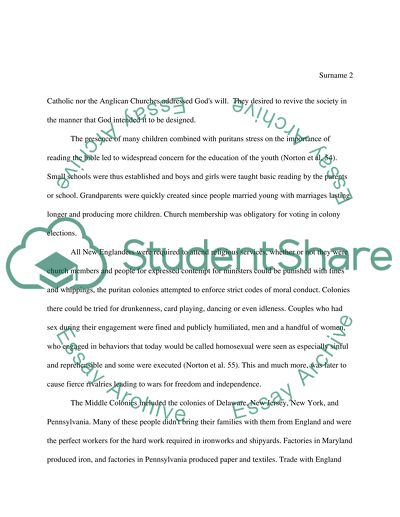Cite this document
(“Introduction to American Government Essay Example | Topics and Well Written Essays - 1250 words”, n.d.)
Introduction to American Government Essay Example | Topics and Well Written Essays - 1250 words. Retrieved from https://studentshare.org/history/1589900-introduction-to-american-government
Introduction to American Government Essay Example | Topics and Well Written Essays - 1250 words. Retrieved from https://studentshare.org/history/1589900-introduction-to-american-government
(Introduction to American Government Essay Example | Topics and Well Written Essays - 1250 Words)
Introduction to American Government Essay Example | Topics and Well Written Essays - 1250 Words. https://studentshare.org/history/1589900-introduction-to-american-government.
Introduction to American Government Essay Example | Topics and Well Written Essays - 1250 Words. https://studentshare.org/history/1589900-introduction-to-american-government.
“Introduction to American Government Essay Example | Topics and Well Written Essays - 1250 Words”, n.d. https://studentshare.org/history/1589900-introduction-to-american-government.


